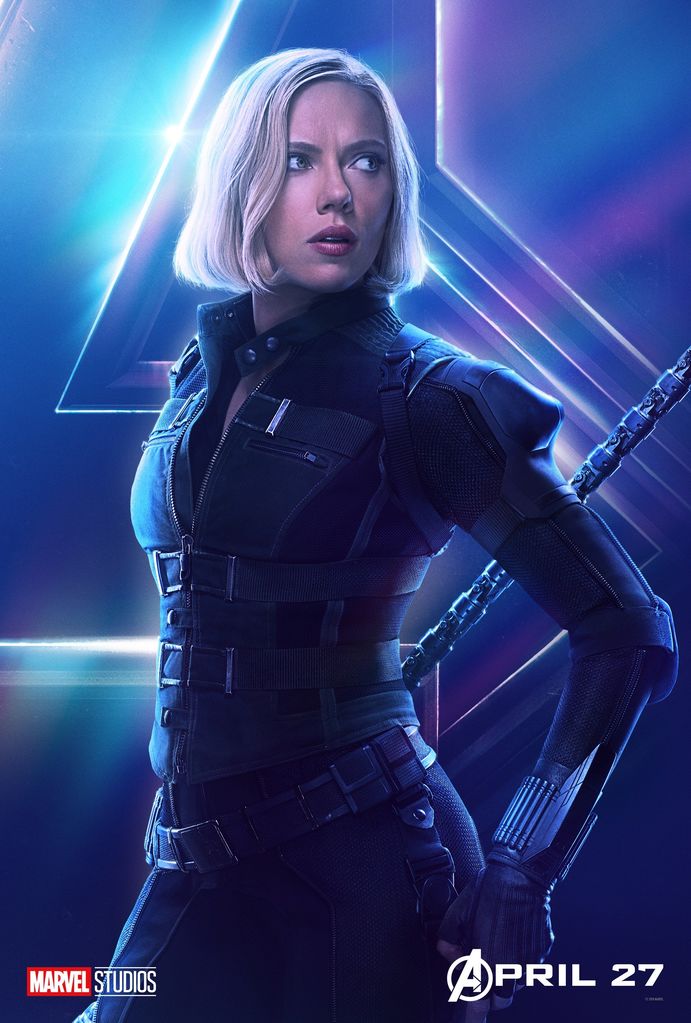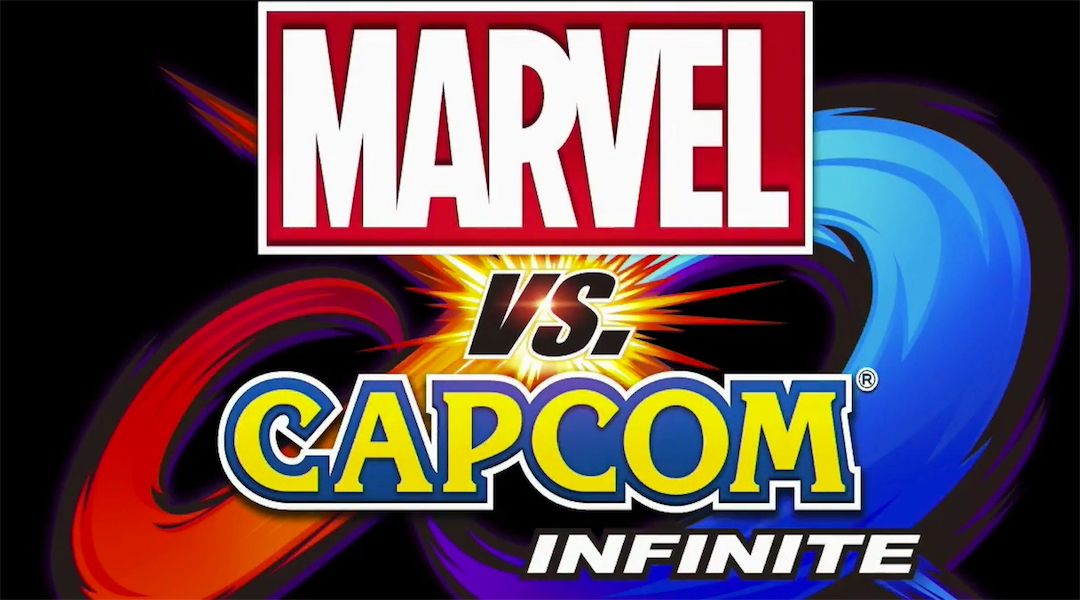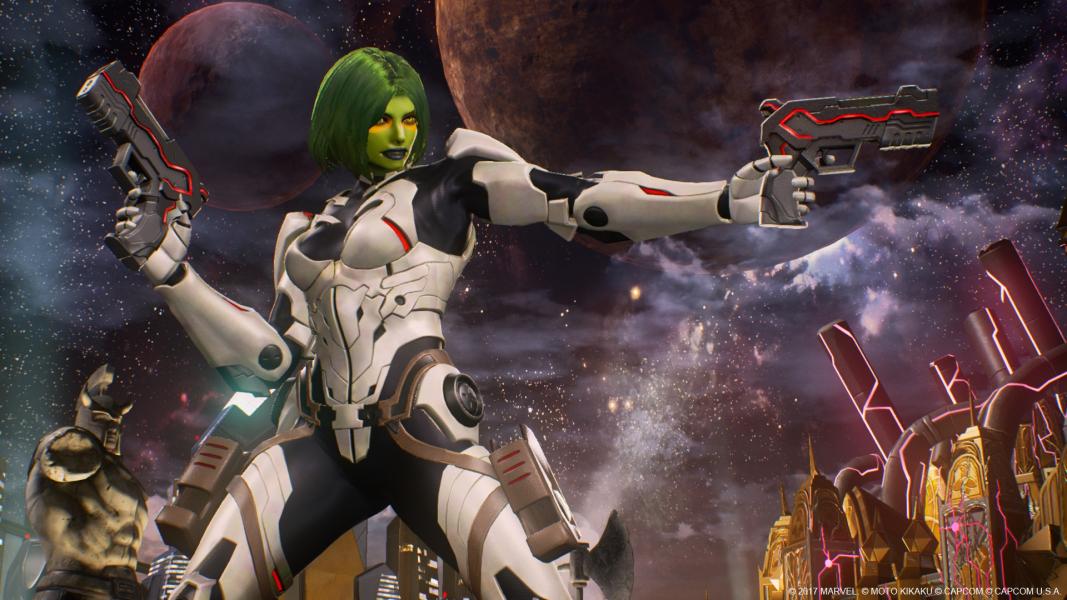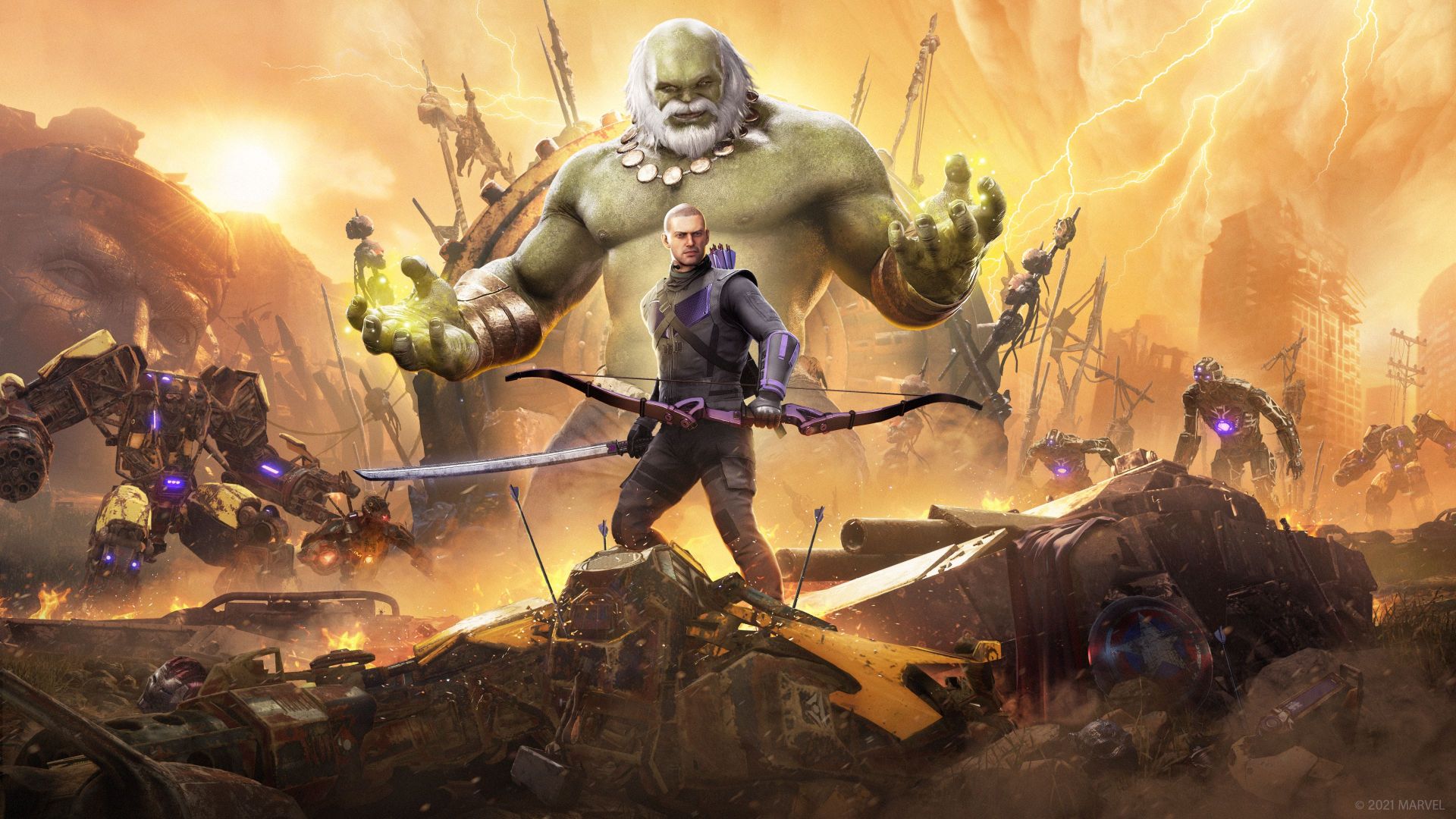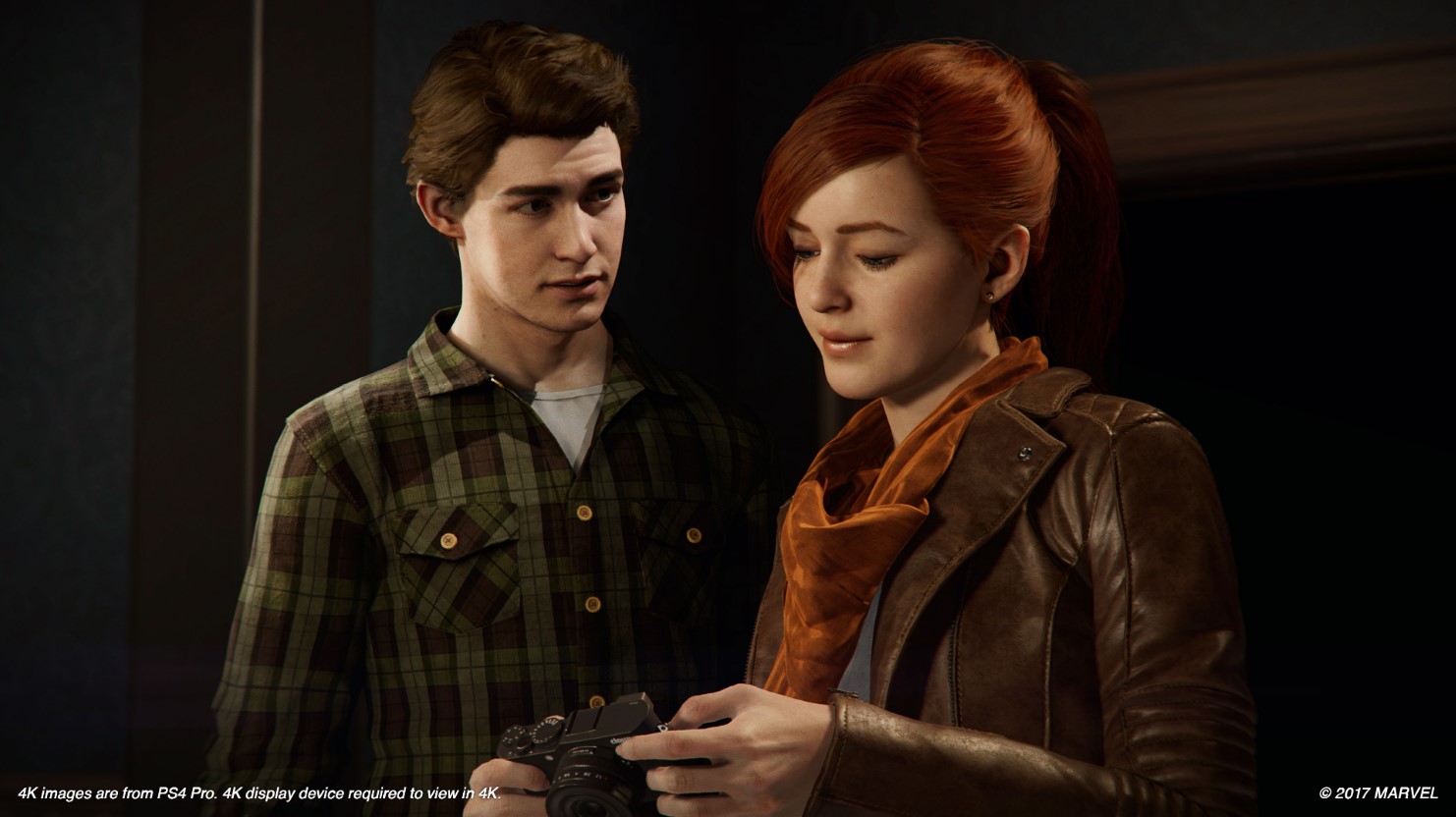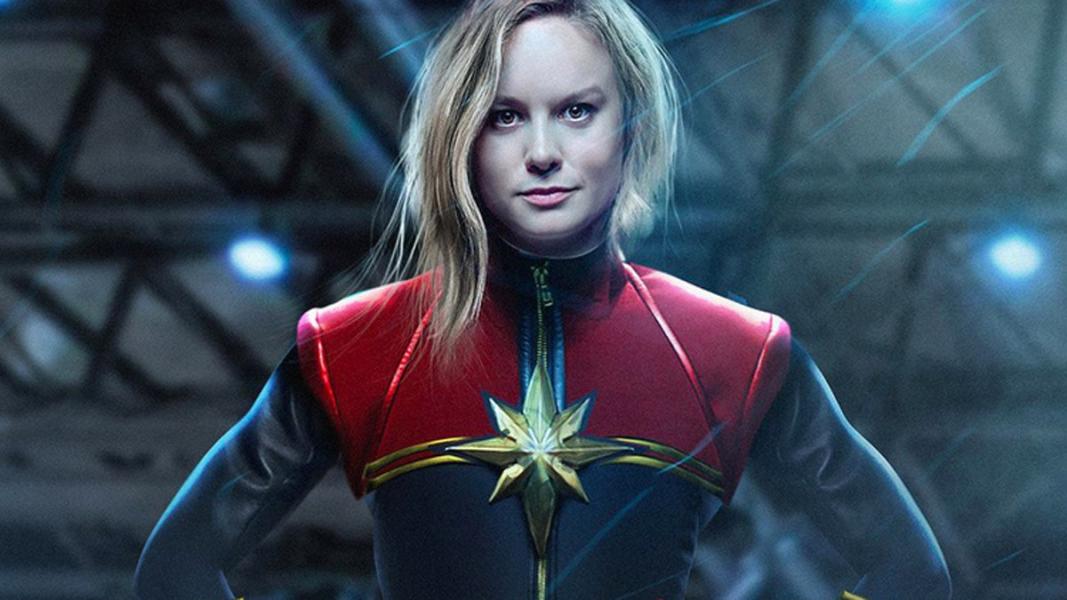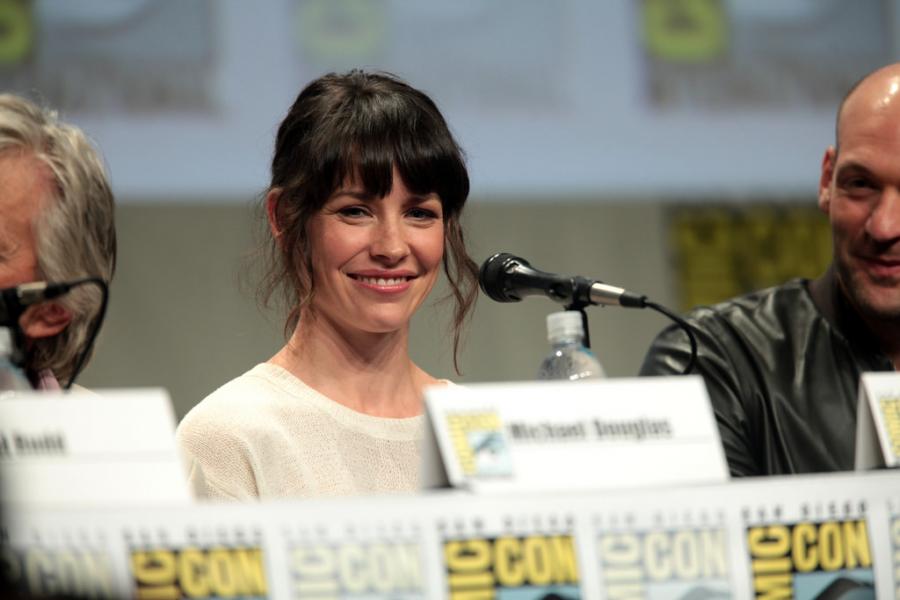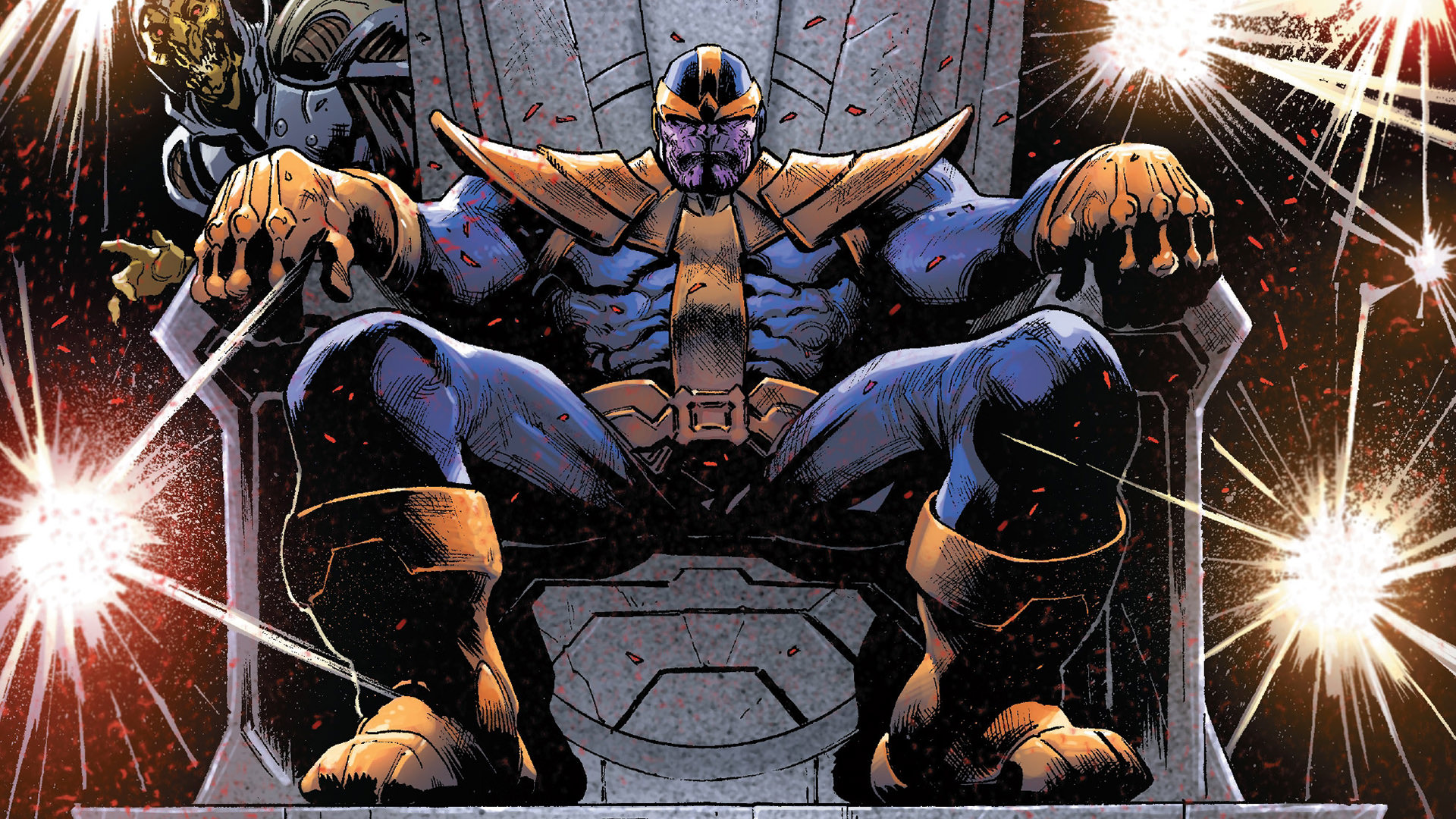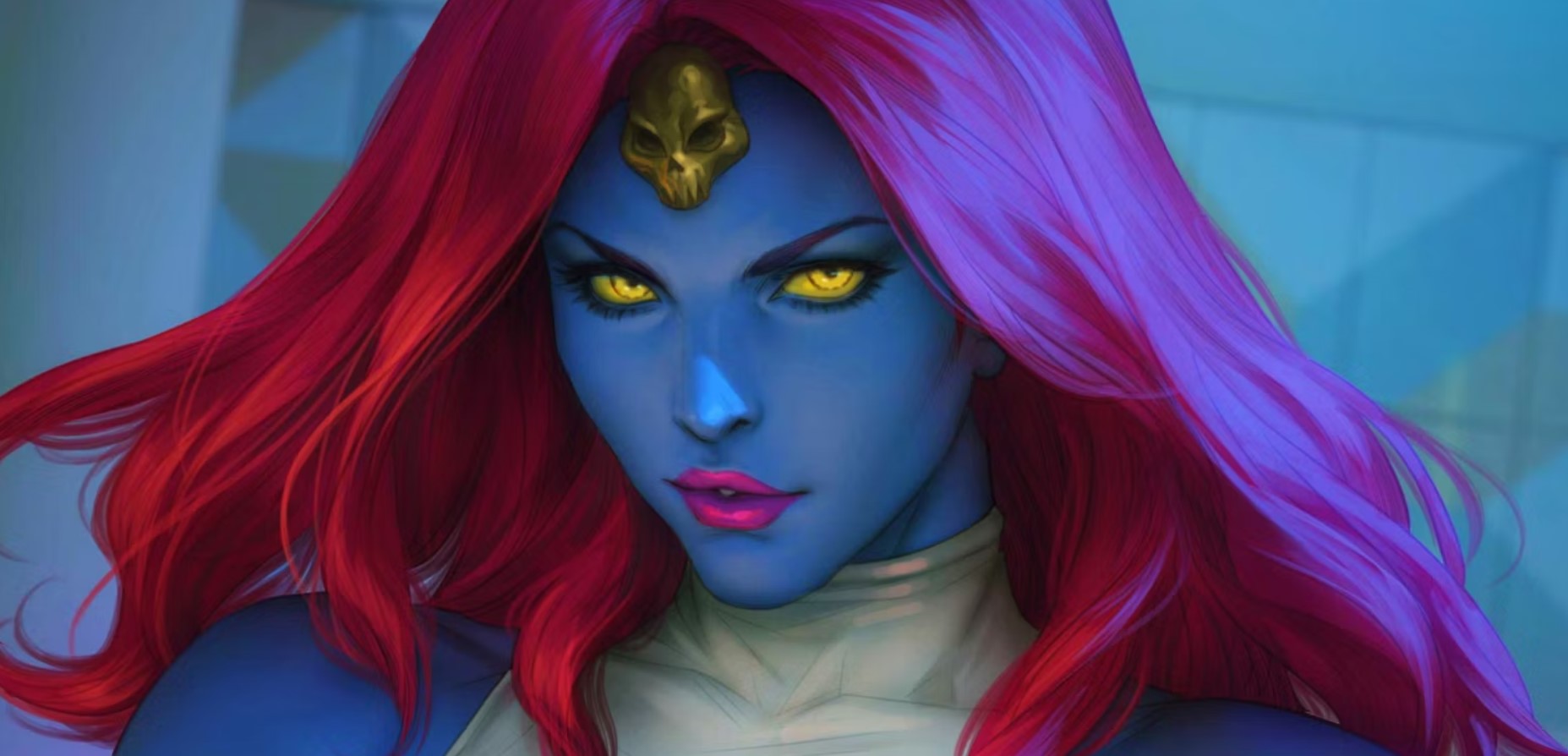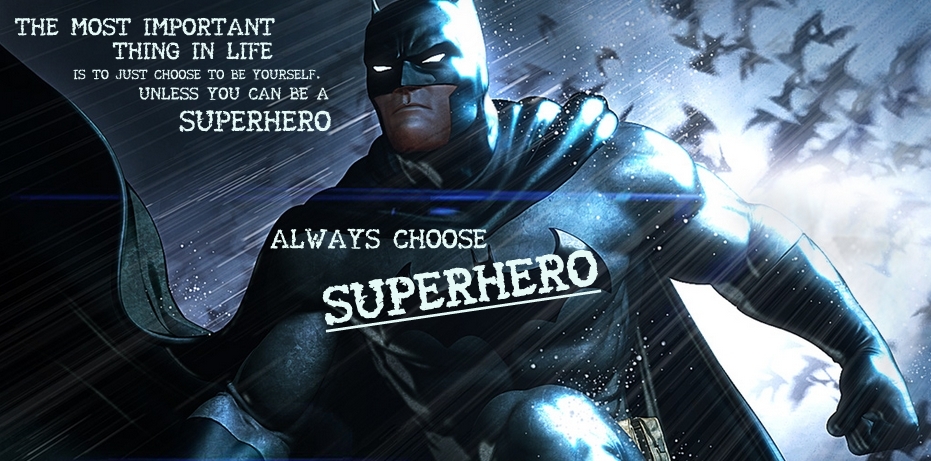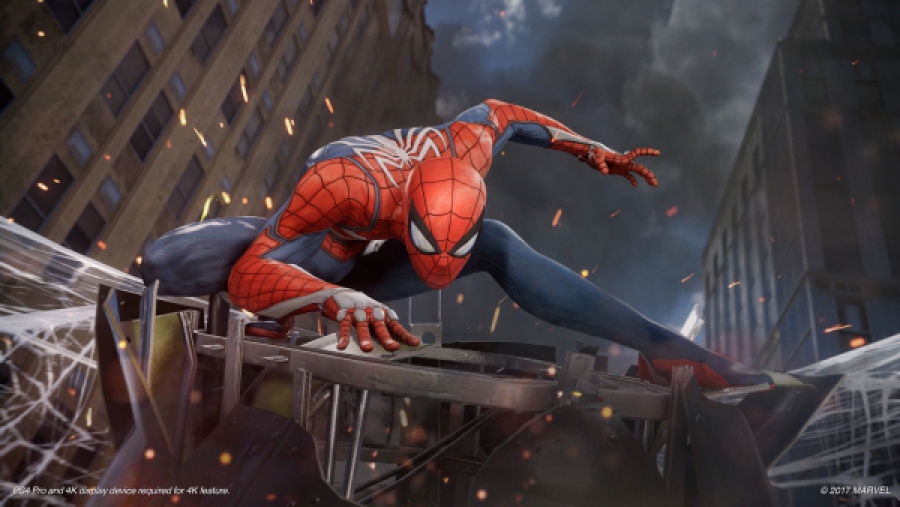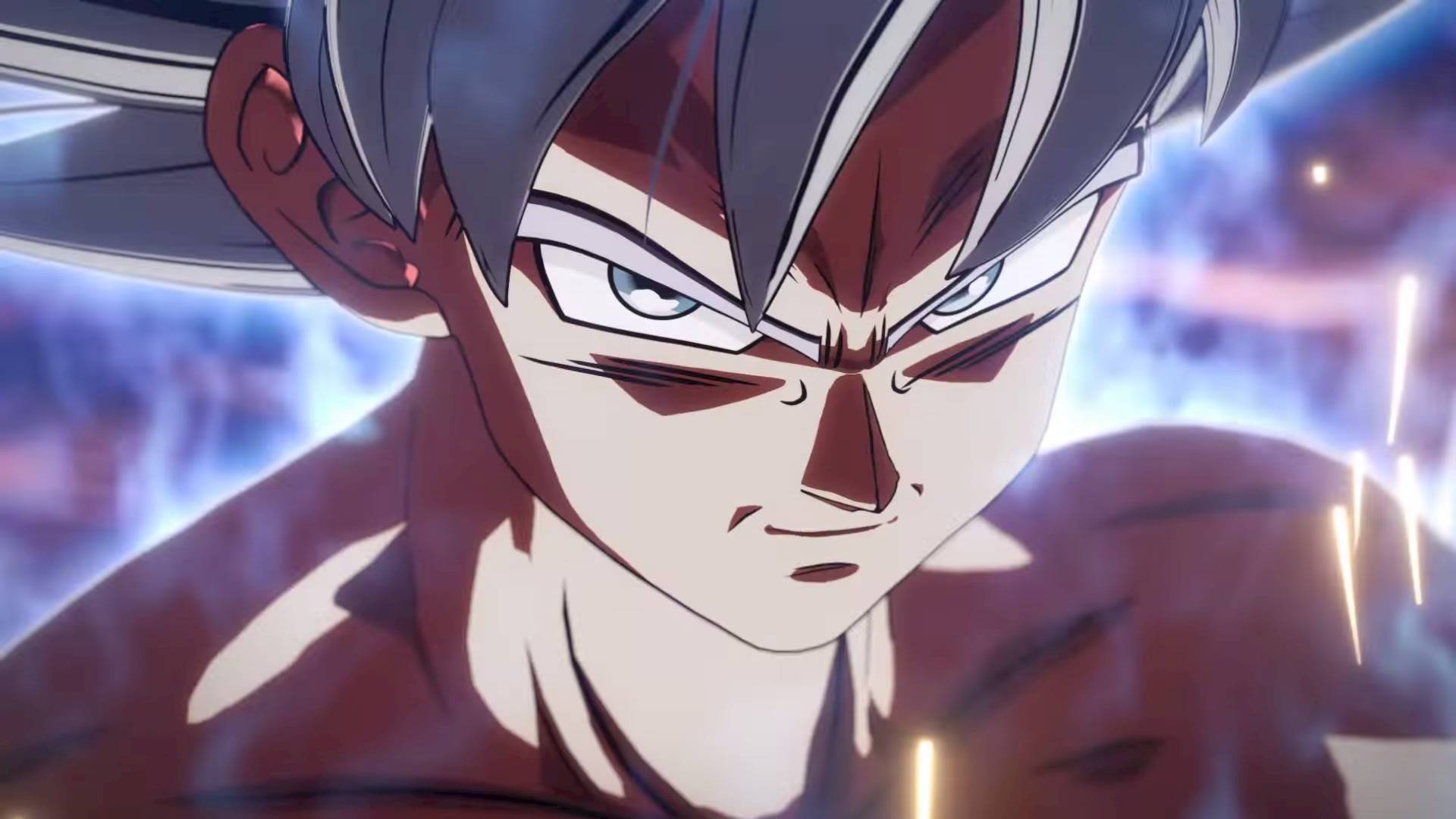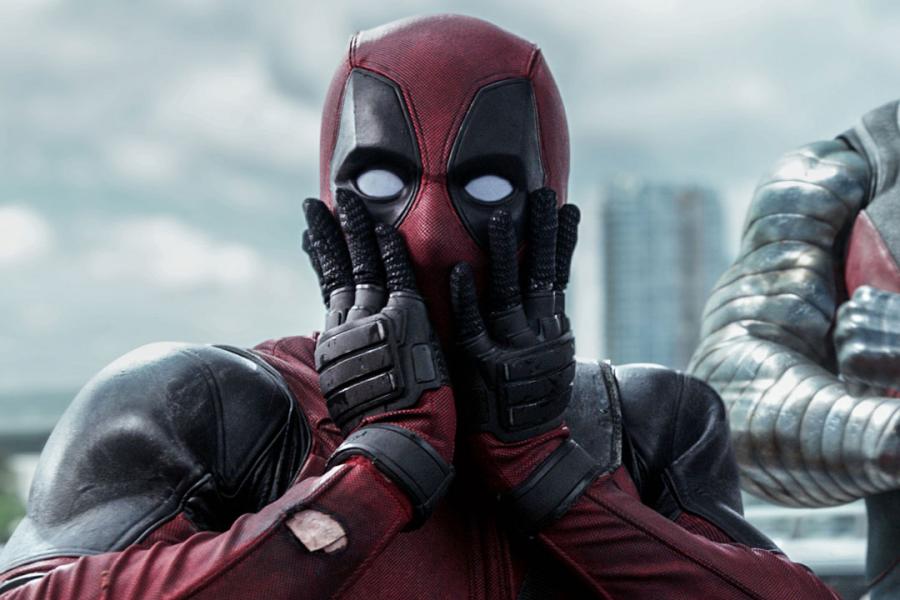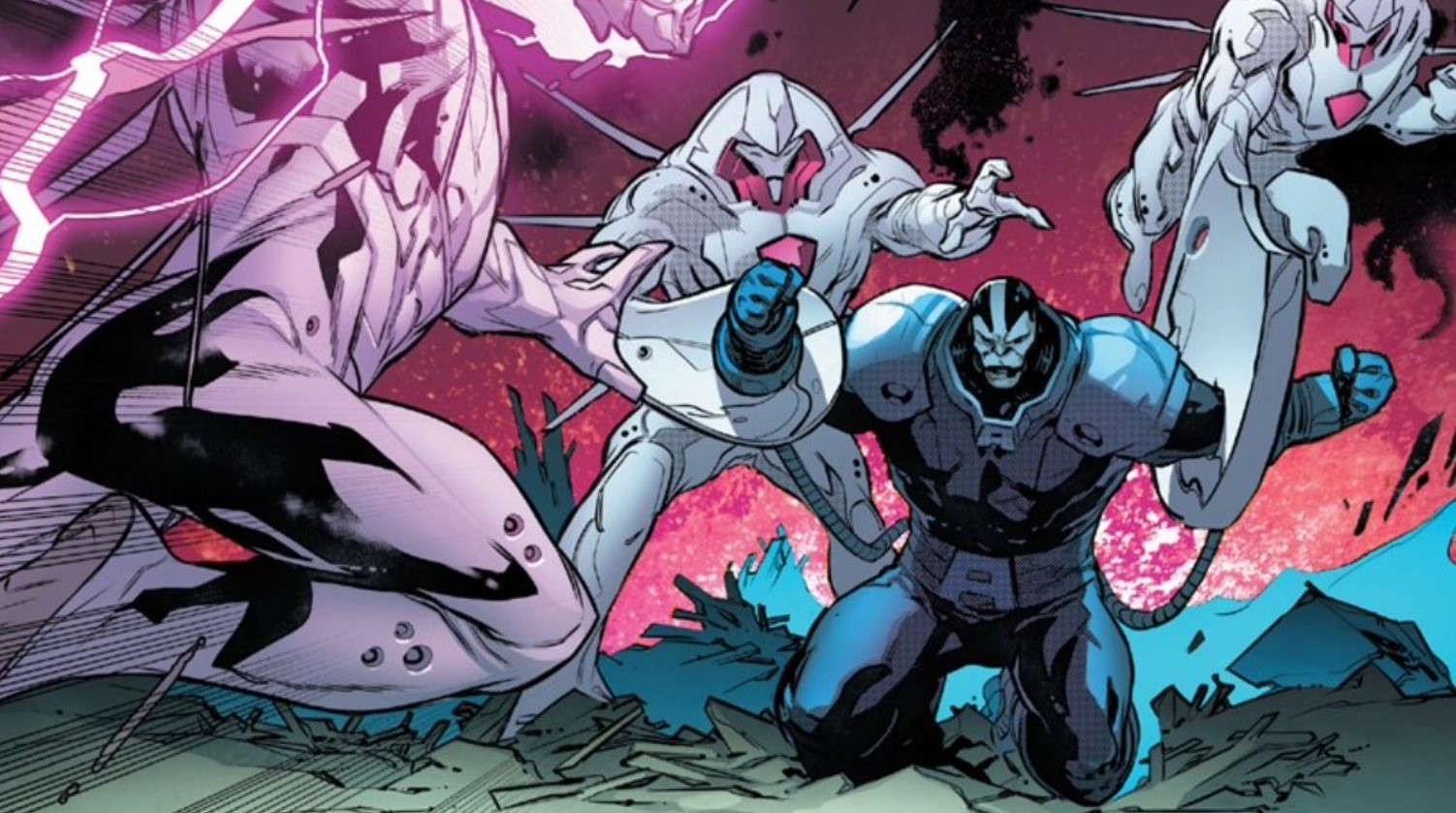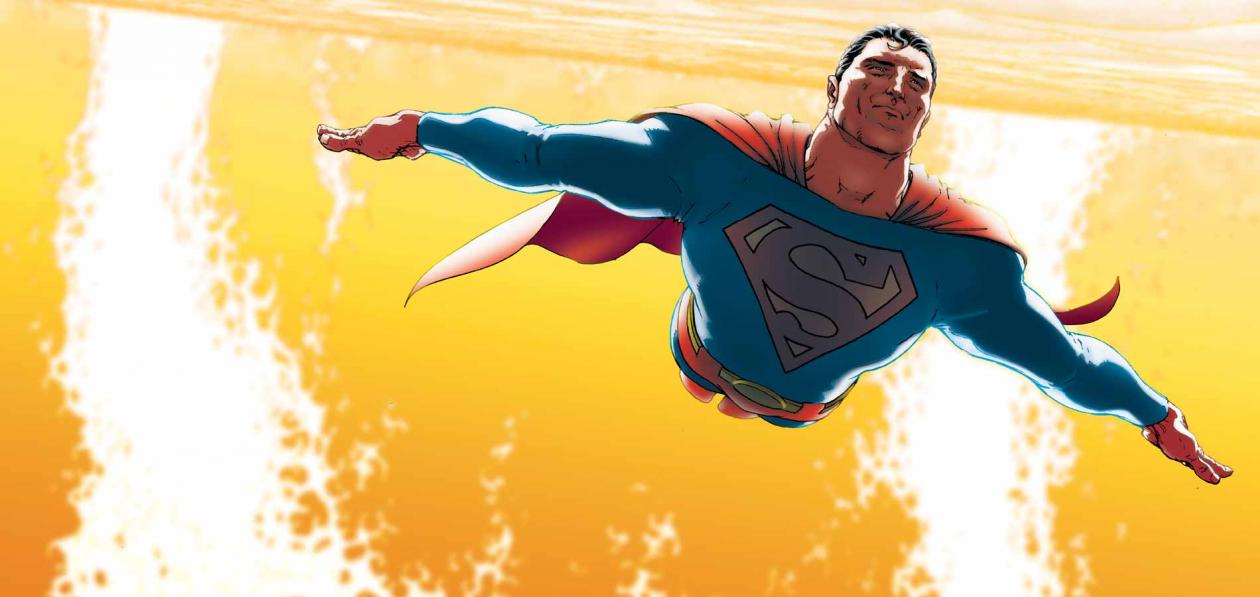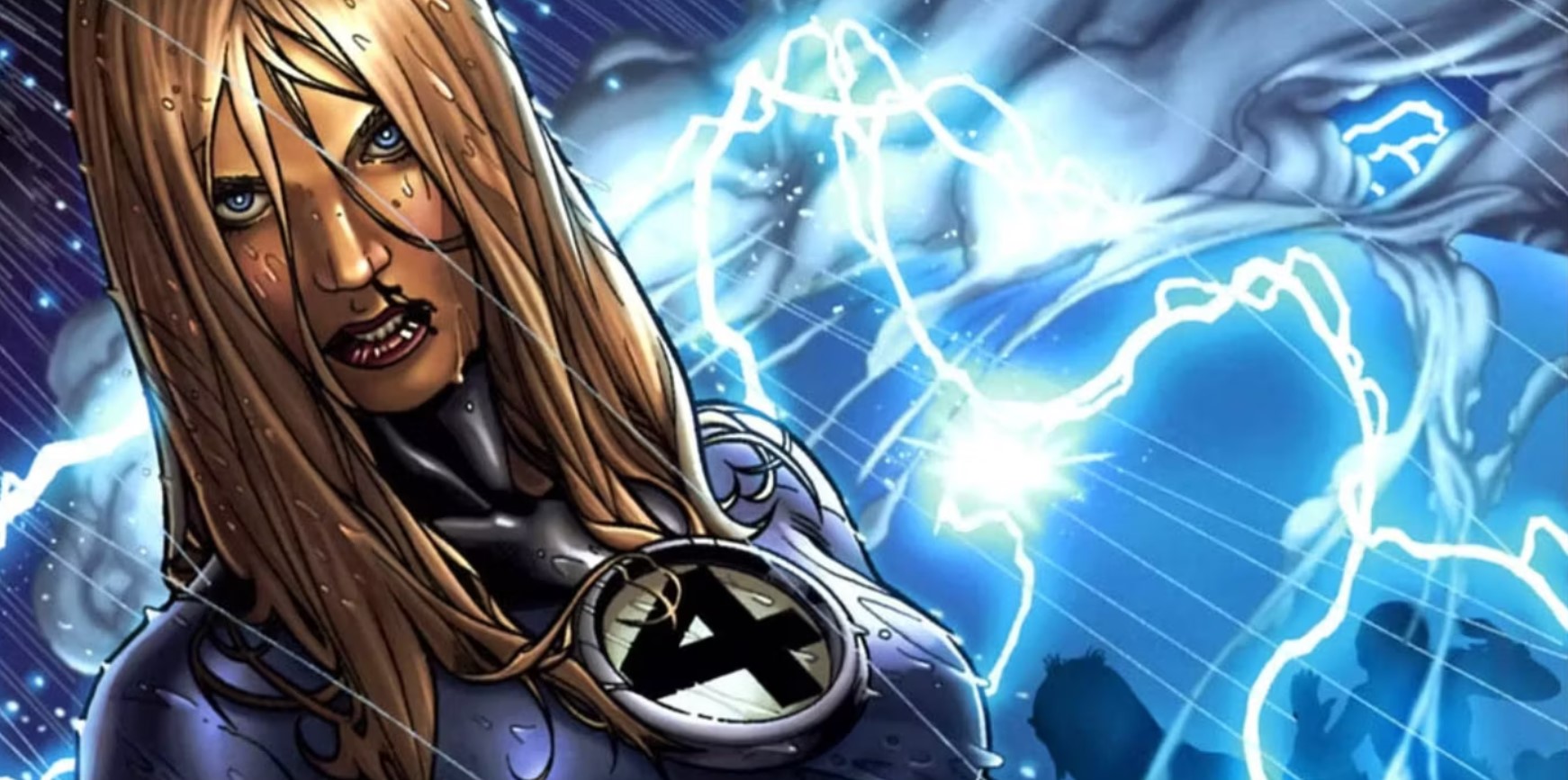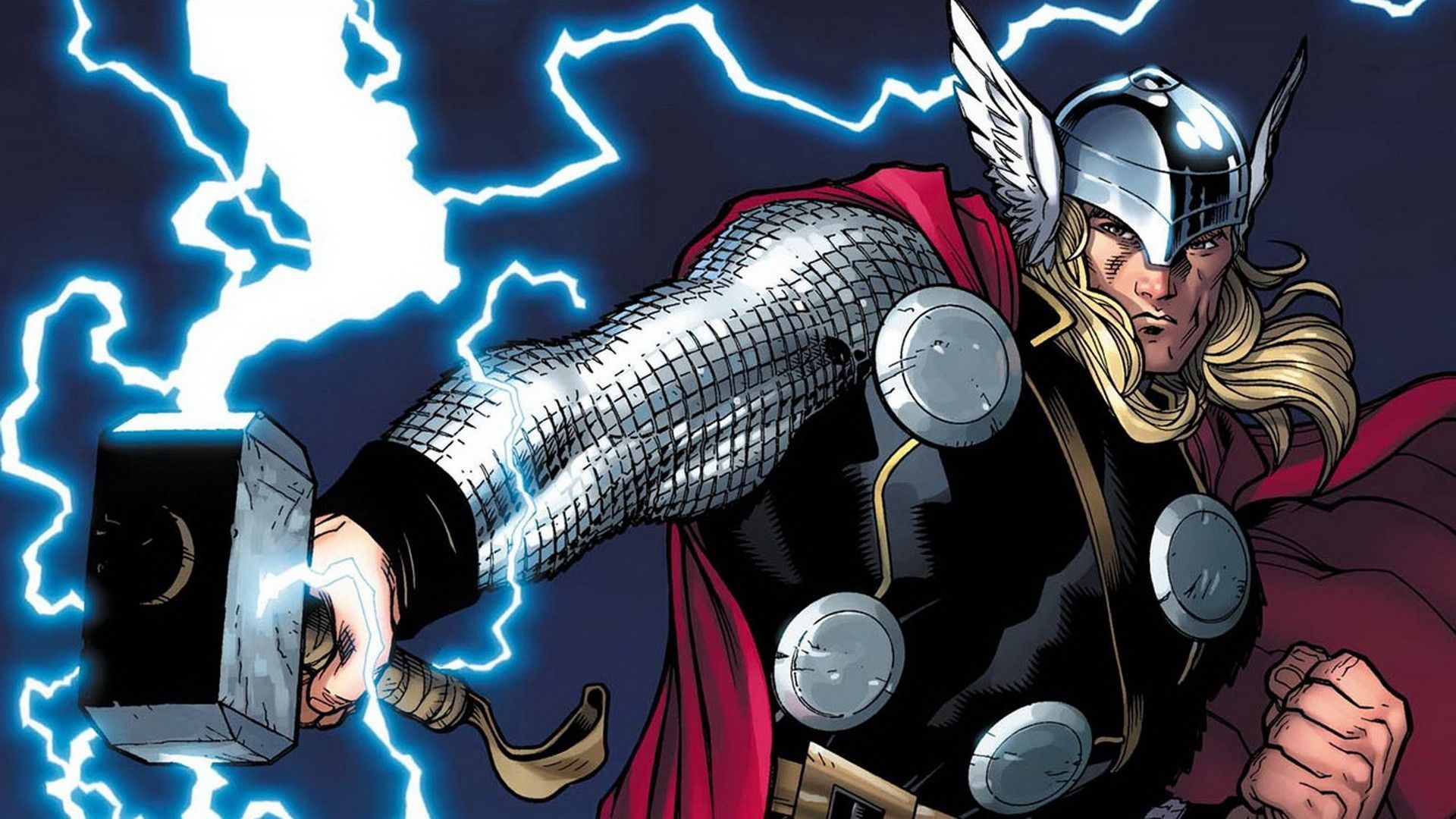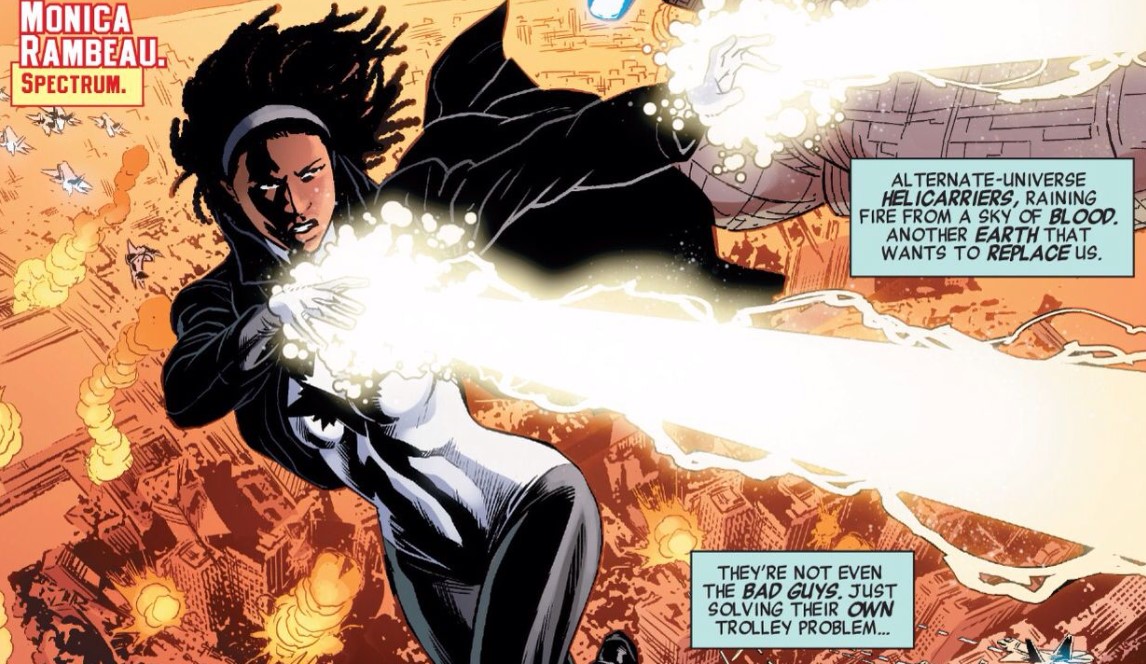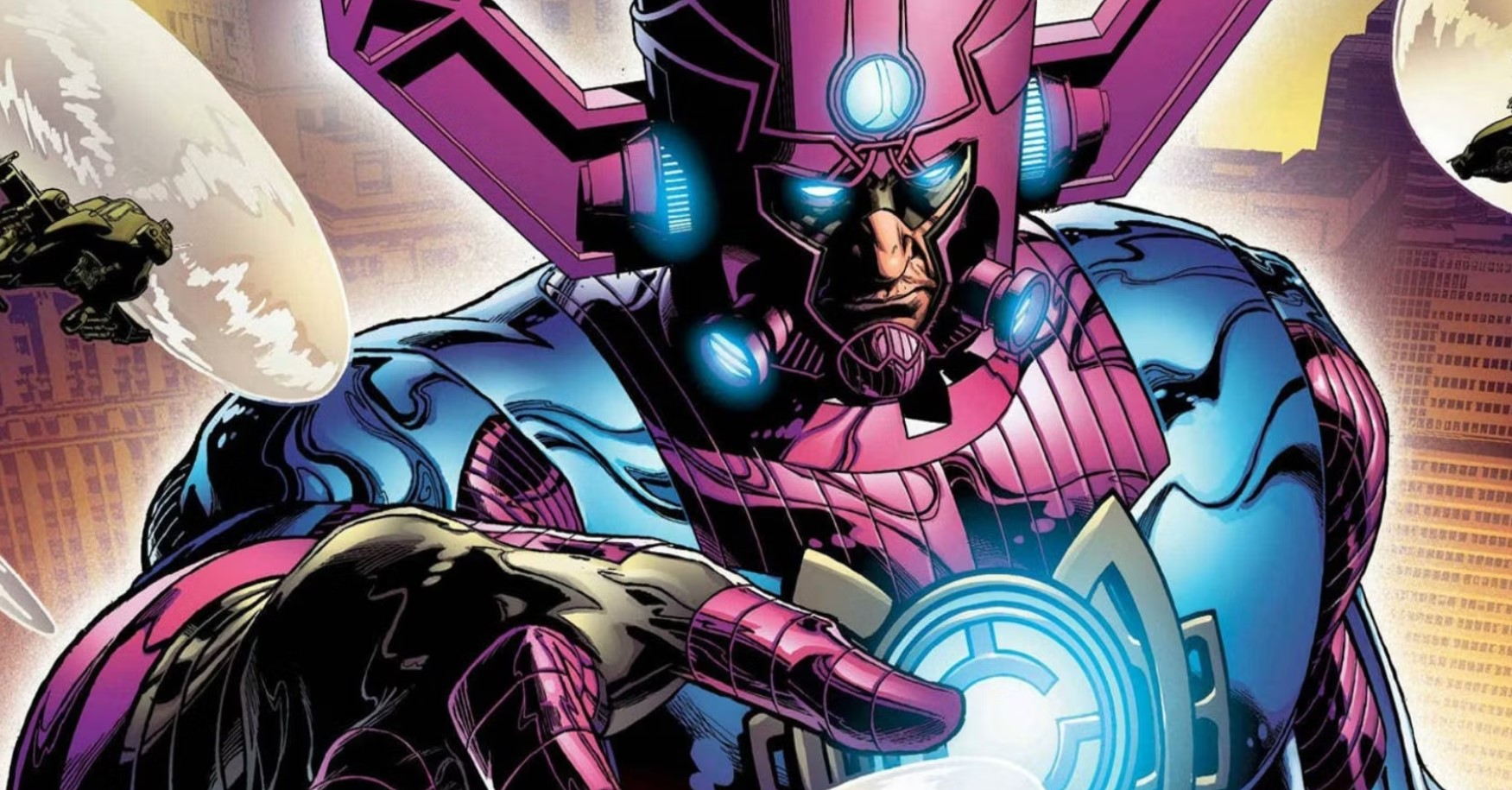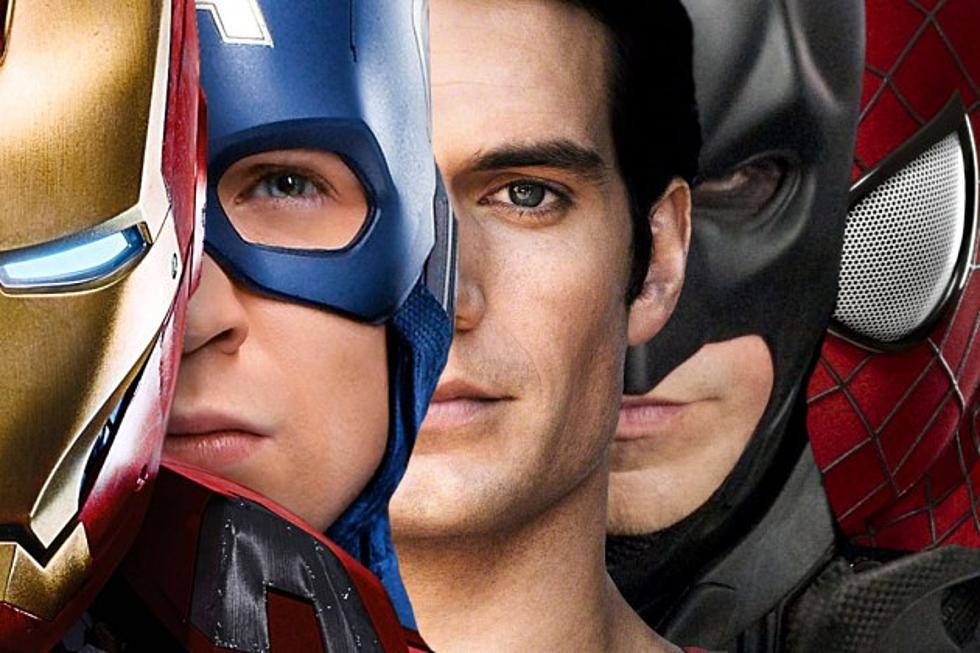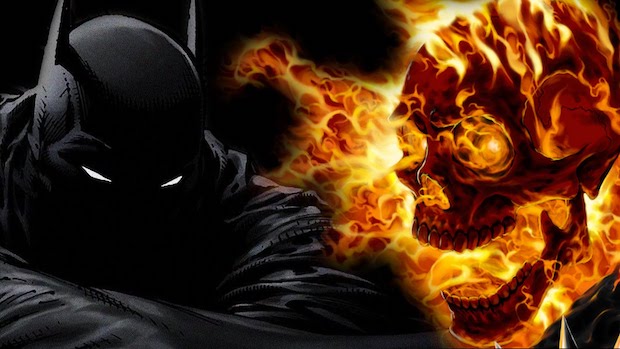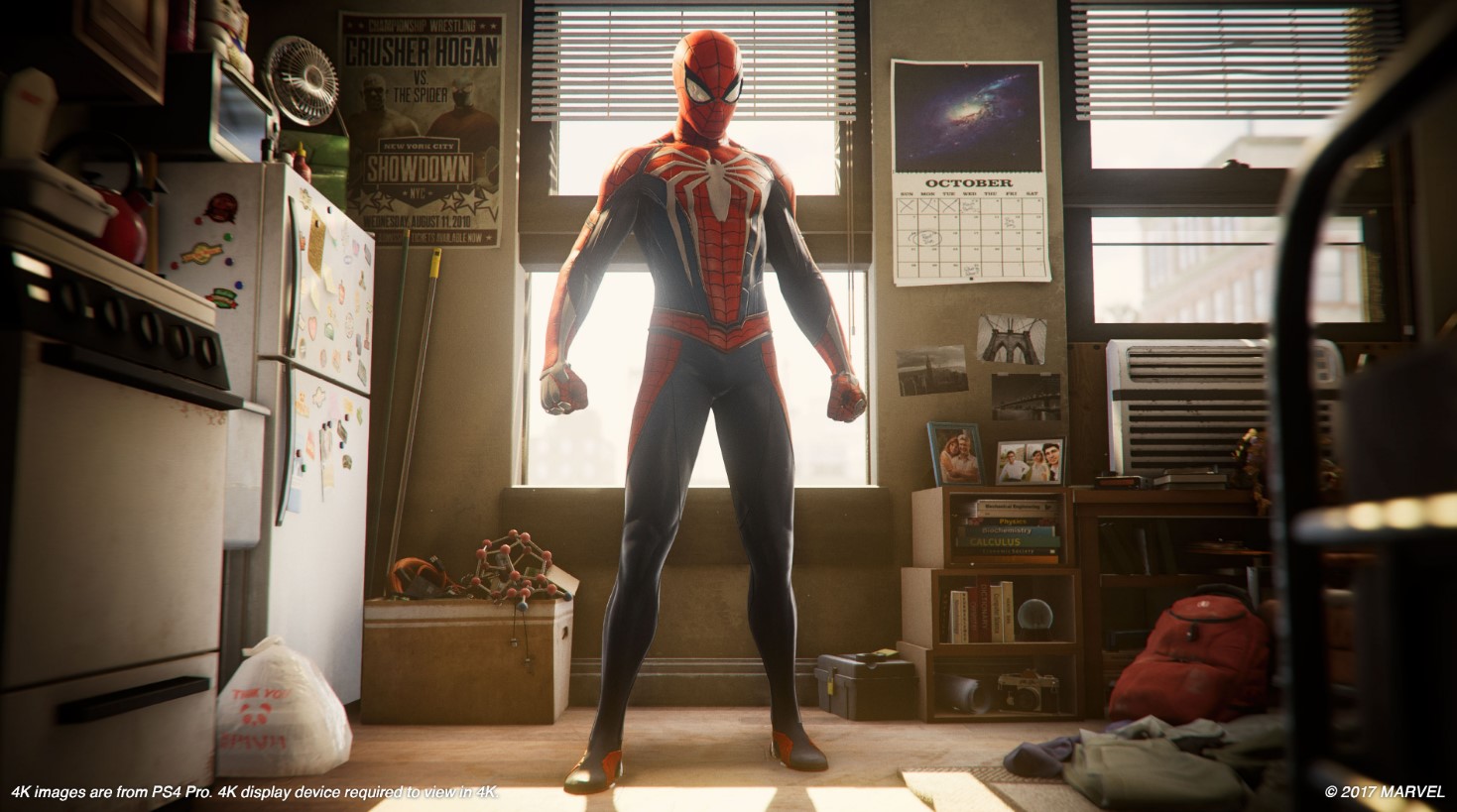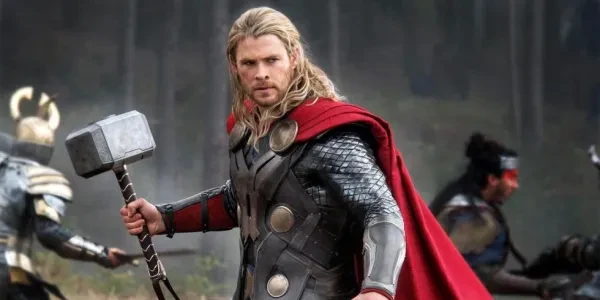
How Marvel altered the Norse myths.
Most people know that the Thor films are based on Stan Lee’s Thor comics which are, in turn, based on Norse mythology. However, it is less common knowledge that the films don’t always stay true to their source material. There are numerous differences between the Thor films and Norse mythology and it is fascinating to look at how very different these two stories are.
1) Loki-Part of the Family?
Loki’s Parentage.
Within the Thor franchise Loki is depicted as the adopted son of Odin and Frigga. Odin warred with the ice-giants and found Loki as an abandoned ice-giant baby. In many ways, this version of Loki’s origins is similar to the version told by Norse mythology. In the myths, Loki is again an adopted member of the family but he is Odin’s blood-brother rather than his adopted son. Odin essentially recruited Loki, tying him to his service with bonds of blood. Marvel’s alteration here serves a clear purpose. By making Loki Thor’s brother (rather than Odin’s brother) it allows the Thor films to explore sibling rivalry and the difficulties that can arise for adopted children.
In the Thor films Loki’s father is named as an Ice-Giant called Laufey. This differs slightly from Norse mythology in which Loki was “the giant Farbauti’s son” (Crossley-Holland, 2011: 10).
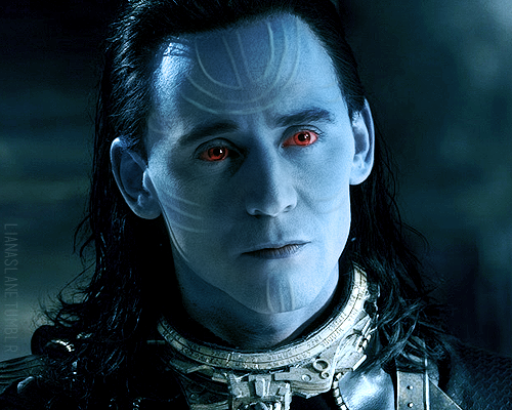
Loki in his Ice-Giant form.
2) Loki’s Character
Loki’s Speech on Freedom
In the Norse myths, Loki is a far more complex character than he is in the Thor films. In the films, Loki acts in an evil manner because of the way that the tensions between himself and his adopted family have warped his view of the world. In the myths, Loki is not necessarily evil in the most straightforward sense of the word. In the earlier myths, Loki was a trickster. His cunning and guile made him invaluable to the other Gods and Goddesses who often “could see no way to fault the Trickster’s scheme” (Crossley-Holland, 2011:10). He was never entirely innocent but Loki’s early tricks where as simple as “blowing a raspberry at Heimdall as he passed” or cutting Sif’s hair as she slept (Crossley-Holland, 2011: 48).
Despite the differences in their characters both versions of Loki ultimately end up turning against the Gods. Their reasons differ. In the films, Loki turns against his family because he feels rejected by them and jealous of his brother, Thor. In the Norse myths, Loki only turns against the gods after several incidents of violence. The other Gods were always prone to bullying Loki, for example when “Odin squeezed Loki’s flesh and sinews until the sly one… dropped to one knee” (Crossley-Holland, 2011: 13). Despite this routine brutalization, Loki stayed faithful to the God’s until he lost a bet against a Dwarf. The Dwarf wanted Loki’s head and “The gods… laughed to see the Trickster corned” (Crossley-Holland, 2011: 52). They even helped the Dwarf capture him and watched as he “drew the leather thong through the holes and sewed up the trickster’s mouth” (Crossley-Holland, 2011: 53).
In both, the Thor films and in the Norse myths Loki commits evil acts. His motives and his path towards evil may differ but the end results are ultimately the same.
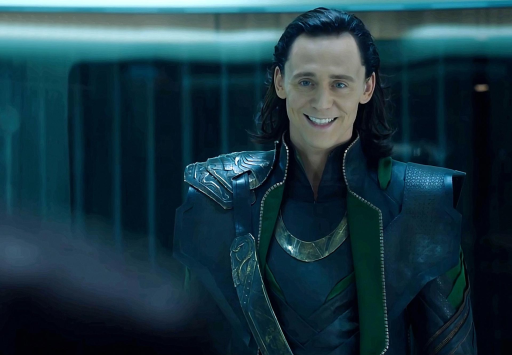
Loki- Imprisoned during The Avengers.
3) Thor’s character
Thor-The Nine Realms
In the Thor films Thor is undeniably a strong character. He is a powerful warrior and he relishes violence but there is another side to him, which grows stronger the more time he spends with the human named Jane Foster. In the films, Thor demonstrates that he can be eloquent, intelligent and thoughtful (as shown in the above clip). In the Norse myths, Thor is a far more straightforward character. His first reaction is always violence. He threatens Loki, “I’ll smash every bone in your body” (Crossley-Holland, 2011: 48) and he “showed no mercy: he felled all the other giants and giant women at the bridal feast” (Crossley-Holland, 2011: 74). Loki is not being unreasonable when he accuses Thor of being “a blustering bully” (Crossley-Holland, 2011 167). Marvel have altered the character of Thor to make him a more sympathetic hero. They have retained elements of his original character while also giving him a softer side to make him more relatable to a modern audience.
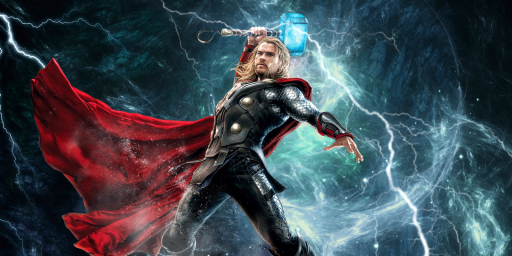
4) Thor’s Love life
Thor: The Dark World Clip-Where were you? Official UK Marvel HD
In the Norse Myths Thor is married to Sif, the soft yielding Goddess of fertility. In the Thor films, he has an entirely different relationship with Sif and instead his interested is Jane Foster, a human astrophysicist. This alteration works well in the movies as Jane’s academic intelligence is a good foil for Thor’s instinctive knowledge of the world. Jane is a forthright character who, in the original Thor film, helps Thor to understand the value of humanity.
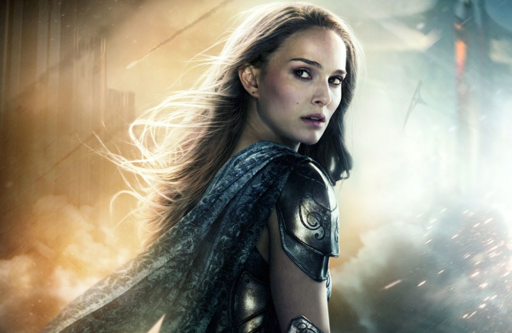
Jane Foster in Asgardian dress.
5) Sif’s character
Thor: The Dark World- “I’ve got this under control” Clip
In Norse mythology Sif is the Goddess of Fertility. Sif is a gentle and passive character who sobs when Loki cuts off her hair. Due to her silent nature, we actually know very little of Sif from the Norse myths. In the Thor films Sif’s character, has been updated to be more appealing to modern women. In the films, Sif is a tough, charismatic, talent warrior (as shown in the clip above).
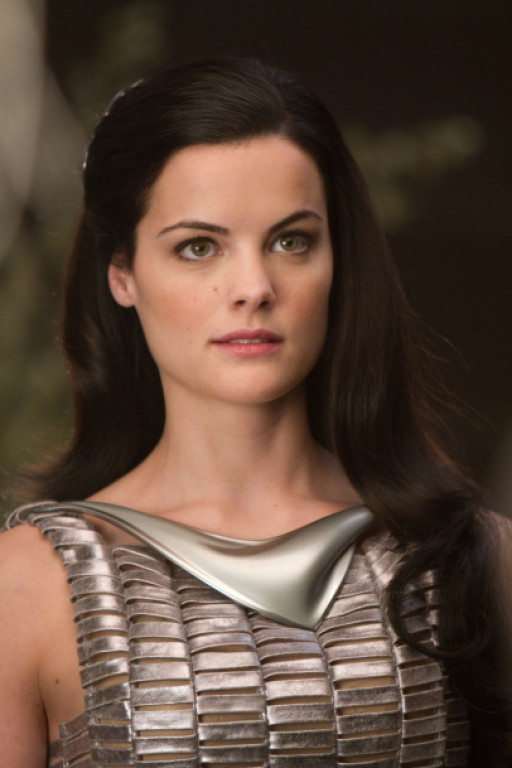
Sif.
6) Odin’s Character
Thor Movie Clip “I cast you out” Official (HD)
In the Thor films, when he is not dealing with Loki, Odin is portrayed as a wise, just and merciful ruler. In the Norse myths, Odin is far darker. Odin was a warrior God who loved provoking battles. In the above clip, in contrast, he punished Thor for causing a war. In the myths, he is more likely to give into his primitive emotions than he is in the films. For example, when Loki told Odin about the goddess Freya having slept with three dwarfs to obtain a necklace “Odin was possessed with such jealously that he found it impossible not to listen (Crossley-Holland, 2011: 67). Like Loki, Odin’s character has been simplified in the Marvel films to make him easier to understand in the short amount of time that a film provides.
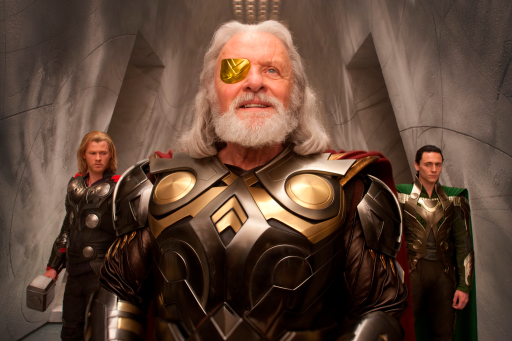
Odin flanked by Loki and Thor.
7) Heimdall’s Role
Loki Freezes Heimdall
In the Thor films Heimdall’s purpose is to guard and operate the Bifrost which is a portal, or bridge, between Asgard and other realms. In the Norse myths, he is not directly linked to the Bifrost in the same way but he still has a role as a guardian of Asgard. He is referred to as “the watchman Heimdall” (Crossley-Holland, 2011: 9), so Marvels decision to cast him as the keeper of the Bifrost is a sensible, and unsurprising, progression. Surprisingly Heimdall’s gold teeth were not a fanciful addition made by Marvel, in the Norse myths “Heimdall… smiled, showing his gold teeth (Crossley-Holland, 2011: 9).
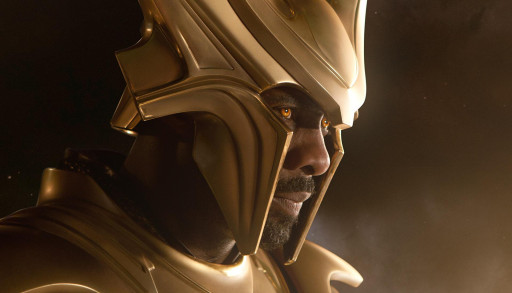
Heimdall.
8) Missing God’s
The Thor films feature only six of the Norse Gods: Thor, Odin, Frigga, Loki, Sif and Heimdall. There are several gods and goddesses who are not featured in the films but who are often mentioned in the Norse myths. Baldur is missing. He was the God of beauty, innocence, peace and rebirth. In the myths, Loki killed Baldur by directing his brother to aim a poison dart (Crossley-Holland, 2011: 154), so it would have been interesting to see how Marvel treated this character. Freya would also have been a particularly interesting addition to the Marvel films. Freya was the goddess of love, fertility and battle. She is fascinating because she veers from being an innocent maiden to being a cold, unfeeling, war goddess. Other missing gods include: Mimir, Odin’s Uncle whose decapitated head tells prophecies; Bragi, the God of poetry and music: Frey, the god of fertility; Hel, the queen of the underworld; Hodor, the God of Winter; Hoenir, the silent God; Idunn, the goddess of youth; Mani, the god of the moon and his twin Sol, the goddess of the sun; Njord, the god of the sea and Tyr, the God of War.
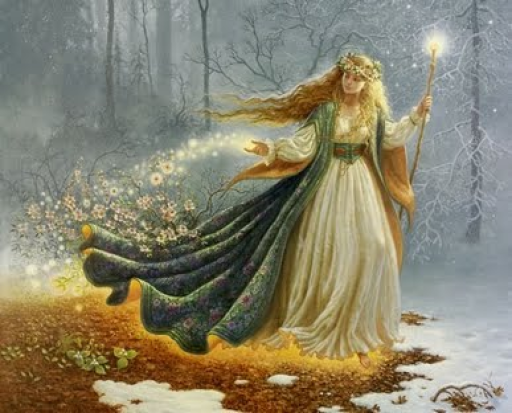
The Norse Goddess Freya.
9) The Warriors Three
The Warriors Three are three characters in the Thor films who were never present in the original Norse myths. They were invented by Stan Lee in 1965. The Warriors Three are supporting cast members who aid Thor in his quests. Fandral is a romantic swashbuckler, with boyish charm, Hogun is a brooding pessimist with a grim personality and Volstagg is gluttonous, powerfully built and courageous.
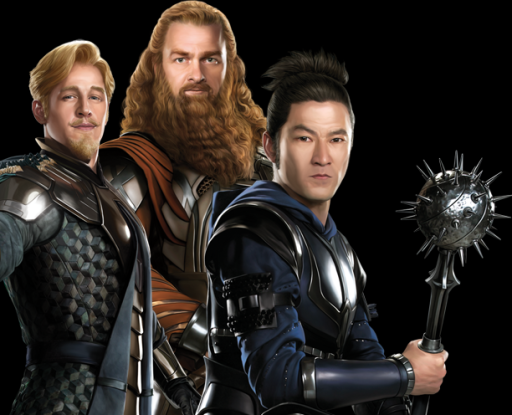
The Warriors Three- Fandral, Volstagg and Hogun.
10) Missing Creatures
Asgardians vs Dark Elves- Thor The Dark World (2013)- 4K Ultra HD
The Thor films feature several different creatures. Characters include Humans, Asgardian gods and goddesses, Ice-giants, and Dark Elves. However, there are several other creatures in Norse mythology that the films have yet to touch upon. Light Elves are magical, immortal beings, who are beautiful and inspire art and music. Fire-giants are the opposite of Ice-giants. The most prominent Fire-giant is Surt, who will fight at Ragnorok (the Norse version of the apocalypse)e and kill the God Frey. Dwarves are small humanoids that live underground. They are often associated with mining and the creation of weapons. Valkyrie were Females who could choose who would die and who would live in battle. They would also choose warriors to take to Valhalla (the Norse version of heaven). Each of the creatures could prove an interesting addition to any future Thor films.
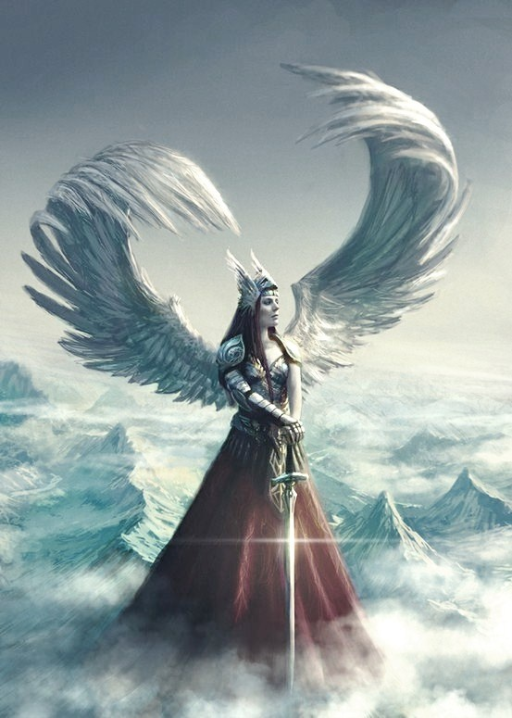
Norse Valkyrie.
There are several differences between the Thor films and their source material. They tell different but related stories. Neither story is better than the other but I would advise you to enjoy them both. The Norse myths and the Thor films are both interesting and reading the myths is a great way to enjoy the films in a new light.
Bibliography
Crossley-Holland K. (2011) The Penguin Book of Norse Myths: Gods of the Vikings. London: Penguin.
You may also be interested in:
